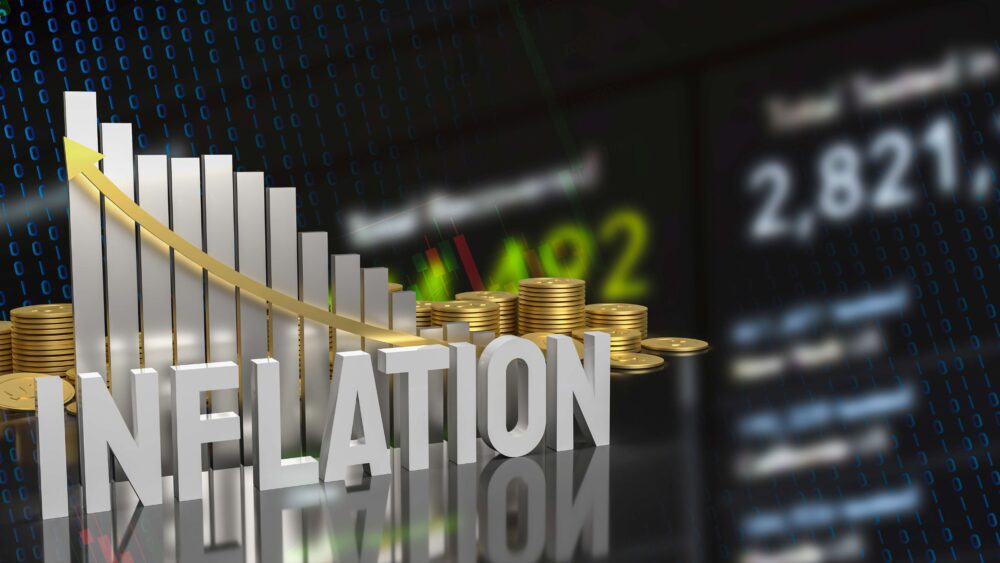Introduction
Understanding one’s ‘Personal Inflation Rate’ is integral to efficiently managing finances. This blog aims to demystify the concept for an Indian audience, focusing on the intricacies, calculation methods, and the importance of your personal inflation rate.
What is Personal Inflation Rate?
Personal Inflation Rate refers to the rate at which the general price level of goods and services purchased by an individual increases over time. This rate is unique to every person, considering the different consumption patterns and lifestyle choices of each individual.
The national inflation rate, measured by indices like the Consumer Price Index (CPI), reflects average price changes based on a standard basket of goods and services. However, your personal inflation rate might differ from this due to your unique spending patterns.
For instance, if a substantial part of your budget goes into sectors experiencing high inflation, like healthcare or education, your personal inflation rate may exceed the average inflation rate.
How is Personal Inflation Rate Different from General Inflation?
In India, inflation rates are generally measured by the Consumer Price Index (CPI), which tracks the prices of a basket of goods and services at the national level. However, your personal inflation rate may not match the CPI, given the variability in individual spending habits.
For example, if your expenses are heavily focused on healthcare, and healthcare costs are rising faster than the overall inflation rate, your personal inflation rate will be higher than the CPI. Conversely, if your spending is focused on sectors where prices are relatively stable, your personal inflation rate may be lower.
How to Compute Your Personal Inflation Rate
Calculating your personal inflation rate can seem daunting, but the process is actually quite straightforward when broken down into manageable steps. Doing so provides a more accurate representation of the real-time cost of your lifestyle, which is a critical factor in your financial planning. Here’s a comprehensive guide to help you calculate your personal inflation rate:
Step 1: Keep Track of Your Expenses
The initial step involves meticulous documentation of your monthly expenses. Categorize your spending into broad classes like food, transportation, healthcare, and more. Make sure to account for everything from your daily chai to your yearly health insurance premium. In an era of digital transactions, bank and credit card statements can be a handy resource.
Step 2: Assign Weights to Your Expenses
After understanding your spending patterns, the next step is to assign weights to each category. This weightage reflects the proportion of your total expenditure that goes into each category. For instance, if you spend 30% of your income on food, the weightage for the food category is 0.30. This helps recognize the impact of each sector on your personal inflation rate.
Step 3: Compute Your Personal Inflation Rate
The final step is to calculate your personal inflation rate. This involves comparing the price changes in each category over a year. For instance, if the cost of food has risen by 5% over the last year, the inflation rate for food is 0.05. Multiply the inflation rate for each category by its corresponding weightage, and sum up these values. The result is your personal inflation rate.
Remember, this isn’t a one-time calculation but should be revisited periodically to reflect changes in your spending patterns and lifestyle. Regularly tracking and understanding your personal inflation rate can provide invaluable insights into your financial health and lifestyle costs.
Importance of Knowing Your Personal Inflation Rate
- Budgeting: Knowing your personal inflation rate helps in effective budget planning and forecasting your future expenses.
- Investment Decisions: Personal inflation rate can guide you in making smart investment decisions. Your returns should ideally outpace your personal inflation rate to ensure your purchasing power doesn’t diminish over time.
- Retirement Planning: For those planning for retirement, understanding personal inflation rate is crucial to calculate the corpus required for a comfortable post-retirement life.
Conclusion
Your Personal Inflation Rate is a vital tool in your financial planning arsenal. Understanding it can provide a clear perspective on your spending habits and help you make informed decisions about savings, investments, and retirement plans.
Don’t let the complexity deter you. Start tracking your expenses today, understand your personal inflation rate, and take control of your financial future in India.







